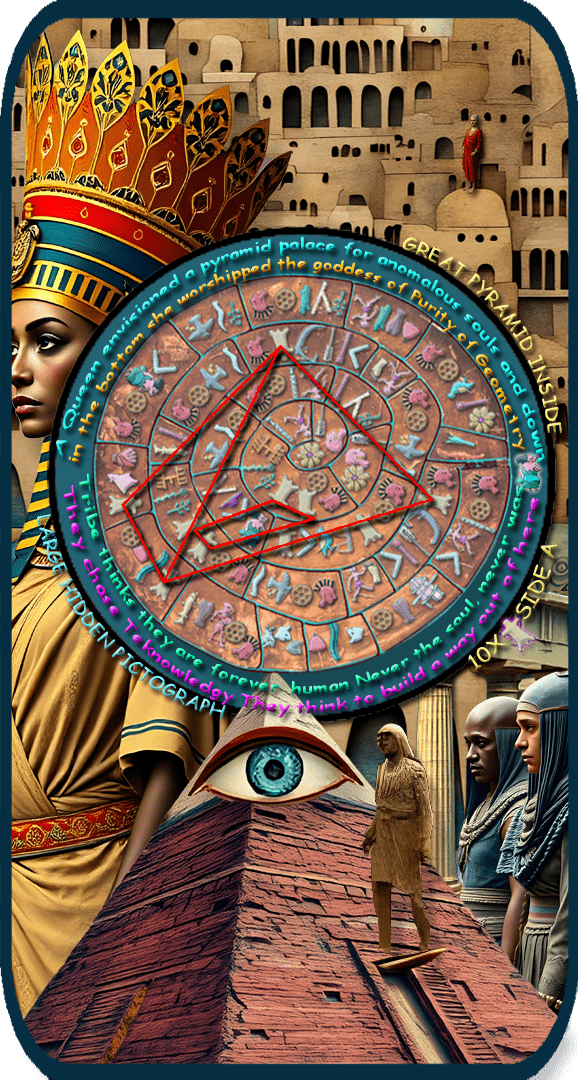

Long abandoned as a tomb, or perhaps never intended as such, the pyramid might have been a source of income for the pharaohs. By 700 BCE, the pyramid was a well known tourist attraction complete with pyramid guides. The Phaistos Disk seems to roll that date back to at least to 1600 BCE, the date the Disk was created and the same date given for the first construction of the 63 tombs in the Valley of the Kings for the pharaohs and nobles. Perhaps lucrative income from pyramid tourism financed part of the construction of the tombs and the vast treasures found therein.
How did the Minoans have reliable, safe access to the Great Pyramid? This Egyptian mural portrays Minoans bringing gifts of jewelry, metal, vases, and other treasures, probably to the pharaoh, ca. 1600 BCE. Was the Minoan wealth so abundant that it overflowed their own civilization and greatly enriched the Egyptian world? Even so, they would still need some
protection to travel openly into the remote vastness of Egypt, 2,600 years before Cairo was even built.
Phaistos Disk pictographs might relate this ancient Minoan myth. This is the story of how the Curetes saved the god Zeus and became his chosen people. Rhea (left with baby on her lap) entrusted the care of her son to five immortal Curetes, also called Dactyls, meaning fingers (the glove). There are exactly five Dactyl pictographs on the Phaistos Disk. Rhea hid the baby Zeus in a cave on Crete and then invented the Dance of the Labyrinth (Kronou Teknophagia or Crane Dance) to amuse Zeus and to protect him. She surrounded him with warriors banging their shields (the warriors and disk/shield pictograph). Zeus eventually overthrew his hungry father Kronos. Then, Rhea taught the Crane Dance to the Curetes (Cretans), who preserved the tradition and re-enacted the drama in the dance. In this Greek dance, in modern times as in ancient times, the dancers joined hands and one row danced in one direction while the inside row danced in another direction. This might be visualized by this animation of the disk when the warrior signs are connected by lines and the disk is set in motion.
This view of the goddess seems to support the idea that Minoans were at the pyramid to view the goddess, the big star Sirius (right), conceived to be the Goddess Isis-Sothis. My excavation of two pyramids on this disk, one an exterior view and the other an interior view, makes me wonder if there is another pyramid to find, perhaps a view from the top, a prime location to view the goddess. It also encourages me to conclude that the Minoan astronomers and tourists had personal knowledge of the interior of the pyramid, where they went down into the subterranean chamber. Wonder what they did down there, goddess worship?
Is this next curiousity just coincidence? The Great Pyramid has an entrance leading to a subterranean chamber. The doorless shed in
which the disk was found in Phaistos was entered through a trap door above. Is is possible that, perhaps at one time, another such disk was left in the subterranean chamber of the Great Pyramid but since has been removed and lost? Or perhaps it is still hidden there.
Cheops has long been claimed as one of the most famous archaeoastronomical sites, and here we see a record of its use. This familiarity with the Great Pyramid might also indicate that the Minoan astronomers knew the pharaoh, which could have been any one of them from Khufu (Cheops) to Merneferre Ai. According to the legend associated with the pyramid at Hawara in Egypt, the Minoan inventor Daedalus found it so a-maze-ing that he
designed his famous Maze of Daedalus according to this pyramid design.
The Minoans were renown commercial and residential architects and builders. Did they help build the Great Pyramid? If they did not
help in the building of the pyramid, Daedalus or whoever created the Phaistos Disk certainly knew the location of the door that leads to the subterranean level. Inside Cheops at the bottom is an entrance to the underground level where a shaft extends deep below the pyramid. On the Phaistos Disk is an
image that shows the location of this entrance to the lower shaft level.
Claire Grace Watson's wondrous site is itself a marvelous instance. Those inclined to wonder about past and future ought to see it. (Arsen Darney, Ghulf Genes)
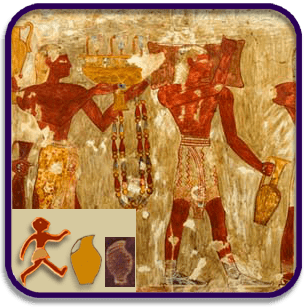
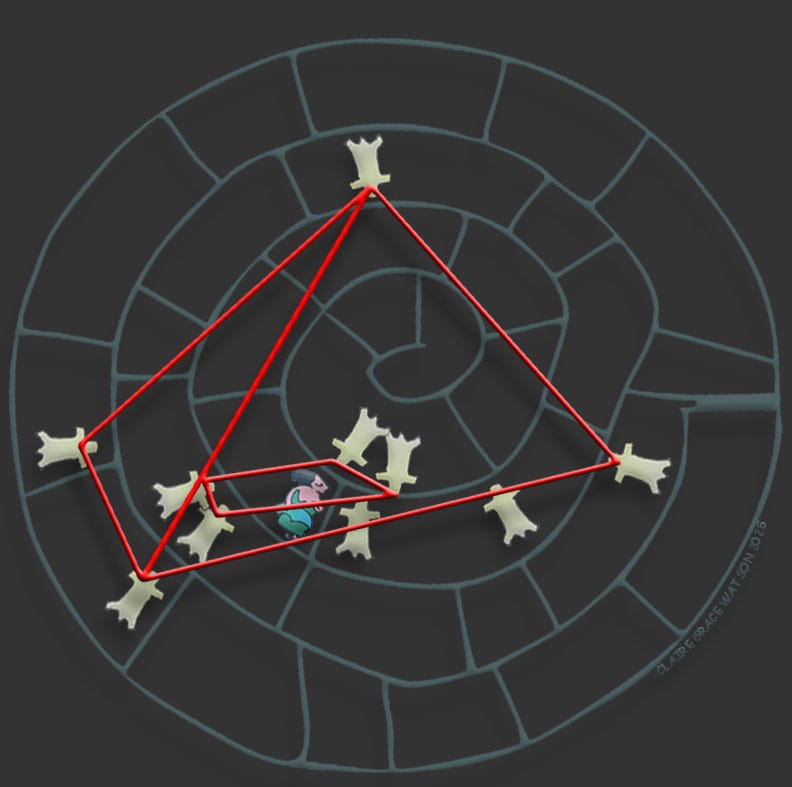 The Goddess beneath the Pyramid - Isis/Rhea
The Goddess beneath the Pyramid - Isis/Rhea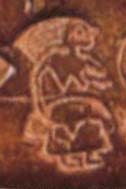 Connecting the 10 identical Golden Fleece signs on Side 1 reveals a second pyramid pictograph that appears to be the interior of the Great Pyramid. At the bottom of this pyramid we see, not the violence of Theseus battling the Minotaur as in the Maze of Daedalus, but a depiction of love and caring, a woman nursing a baby, illumined by the door leading to the lower level. This might be a depiction of the Egyptian goddess Isis or it may be the Minoan version of this goddess, Rhea.
Connecting the 10 identical Golden Fleece signs on Side 1 reveals a second pyramid pictograph that appears to be the interior of the Great Pyramid. At the bottom of this pyramid we see, not the violence of Theseus battling the Minotaur as in the Maze of Daedalus, but a depiction of love and caring, a woman nursing a baby, illumined by the door leading to the lower level. This might be a depiction of the Egyptian goddess Isis or it may be the Minoan version of this goddess, Rhea.
 The Phaistos Disk image of Rhea (above left), and the one to the left, bears the influence of the Isis-Osiris mythology in which Isis, after the death of Osiris, feeds the baby Dictys with her finger while with the other hand she beats her
breast in mourning. In Greek/Minoan mythology Great goddess Rhea surrounded her baby Zeus with Warriors beating their shields to drown the cries of the baby so his father Kronos (Time) wouldn't hear him and eat him, as he had all their other children.
The Phaistos Disk image of Rhea (above left), and the one to the left, bears the influence of the Isis-Osiris mythology in which Isis, after the death of Osiris, feeds the baby Dictys with her finger while with the other hand she beats her
breast in mourning. In Greek/Minoan mythology Great goddess Rhea surrounded her baby Zeus with Warriors beating their shields to drown the cries of the baby so his father Kronos (Time) wouldn't hear him and eat him, as he had all their other children.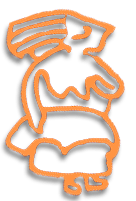
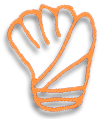


Archaeoastronomy Site Great Pyramid Interior
Great Pyramid Interior 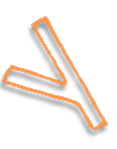 Is this the pictograph for Pi? The pictograph may be the primitive symbol for Pi, 3.1416, to describe the properties of a circle. The short line of the symbol is the radius (r) of a circle and the long line is the diameter (d). The ratio of the circumference of a circle (c) to its diameter (d=2r) is a constant number called Pi, which equals c divided by 2r+3.1416.
More about Egypt from someone who toured it during that ancient time: An Account of Egypt by Herodotus
PagemapBookmap
Is this the pictograph for Pi? The pictograph may be the primitive symbol for Pi, 3.1416, to describe the properties of a circle. The short line of the symbol is the radius (r) of a circle and the long line is the diameter (d). The ratio of the circumference of a circle (c) to its diameter (d=2r) is a constant number called Pi, which equals c divided by 2r+3.1416.
More about Egypt from someone who toured it during that ancient time: An Account of Egypt by Herodotus
PagemapBookmap![]() Comments
Comments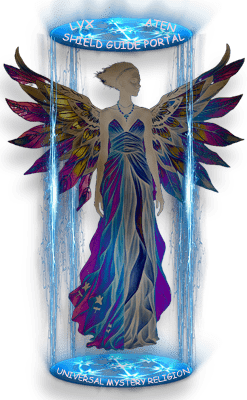 Copyright Notice - Disk of the World - Text and images copyrighted March 21, 1993-2025, Claire Grace Watson, B.A., M.S.T., U.S. Copyright and under the Digital Millennium Copyright Act of 1998, All rights reserved. No part of this web page may be reproduced or transmitted in any form or by any means without written permission from the author, except for the inclusion of brief quotations in a review.
Copyright Notice - Disk of the World - Text and images copyrighted March 21, 1993-2025, Claire Grace Watson, B.A., M.S.T., U.S. Copyright and under the Digital Millennium Copyright Act of 1998, All rights reserved. No part of this web page may be reproduced or transmitted in any form or by any means without written permission from the author, except for the inclusion of brief quotations in a review.